- 1. Start with quality seeds:
- 2. Use sterile soil:
- 3. Provide adequate drainage:
- 4. Water properly:
- 5. Monitor for pests:
- 6. Practice crop rotation:
- 7. Provide proper air circulation:
- 8. Use organic pest control:
- 9. Remove infected plants immediately:
- 10. Monitor and adjust:
- Tips for Growing Healthy Tomato Seedlings:
- Proper Seed Selection
- Sterilized Soil Preparation
- Why Sterilize the Soil?
- Methods for Sterilizing Soil
- Using Sterilized Soil
- Adequate Watering
- Providing Sufficient Sunlight
- Maintaining Proper Temperature and Humidity
- 1. Temperature control
- 2. Provide adequate ventilation
- 3. Humidity levels
- 4. Watering techniques
- 5. Covering seedlings
- 6. Use a humidity tray
- Regular Fertilization
- Pruning and Staking
- 1. Pruning
- 2. Staking
- Preventing Pests and Diseases
- 1. Start with Disease-Resistant Varieties
- 2. Use Clean Containers and Soil
- 3. Avoid Overwatering
- 4. Provide Good Air Circulation
- 5. Remove Weeds and Debris
- 6. Mulch the Soil
- 7. Inspect Your Plants Regularly
- 8. Practice Crop Rotation
- 9. Use Natural Pest Control Methods
- 10. Quarantine Infected Plants
- “Question-Answer”
- What are some common pests that attack tomato seedlings?
- How can I prevent pests from attacking my tomato seedlings?
- What are some common diseases that affect tomato seedlings?
- How can I prevent diseases from affecting my tomato seedlings?
- What is damping off?
- Can I save tomato seedlings that have been affected by pests or diseases?
- “Video” Add Baking Soda To Your Tomato Plants, Just Days Later You Won’t Believe What Happens!
When it comes to growing healthy tomato seedlings, prevention is key. By taking the necessary steps to prevent pests and diseases, you can ensure that your tomato plants have the best chance of thriving. Here are 10 tips to help you grow healthy tomato seedlings:
1. Start with quality seeds:
Choose seeds from reputable sources to ensure that they are disease-free. Look for varieties that are known for their resistance to common tomato diseases.
2. Use sterile soil:
Using sterilized potting soil can help prevent the introduction of harmful bacteria or fungi that can cause diseases in your tomato seedlings.
3. Provide adequate drainage:
Make sure your seedling containers or pots have drainage holes to prevent waterlogged soil, which can lead to root rot and other diseases.
4. Water properly:
Water your tomato seedlings at the base of the plants, avoiding the leaves. This can help prevent the spread of diseases that thrive in wet conditions.
5. Monitor for pests:
Regularly check your tomato seedlings for signs of pests such as aphids, caterpillars, or mites. Early detection can help prevent a full-blown infestation.
6. Practice crop rotation:
Rotate your tomato plants from year to year to prevent the buildup of diseases in the soil. Avoid planting tomatoes in the same spot for consecutive years.
7. Provide proper air circulation:
Placing your tomato seedlings in a location with good air circulation can help prevent the development and spread of fungal diseases.
8. Use organic pest control:
Consider using organic pest control methods, such as introducing beneficial insects or using insecticidal soaps and oils, to keep pest populations under control.
9. Remove infected plants immediately:
If you notice any signs of disease on your tomato seedlings, remove and destroy the infected plants to prevent the spread to healthy plants.
10. Monitor and adjust:
Regularly monitor your tomato seedlings for signs of pests or diseases and make adjustments as needed. Stay proactive in preventing and addressing any issues that arise.
By following these tips, you can give your tomato seedlings the best chance of growing into healthy, productive plants. Prevention is key when it comes to maintaining the health of your tomato plants, so take the necessary steps to keep pests and diseases at bay.
Tips for Growing Healthy Tomato Seedlings:
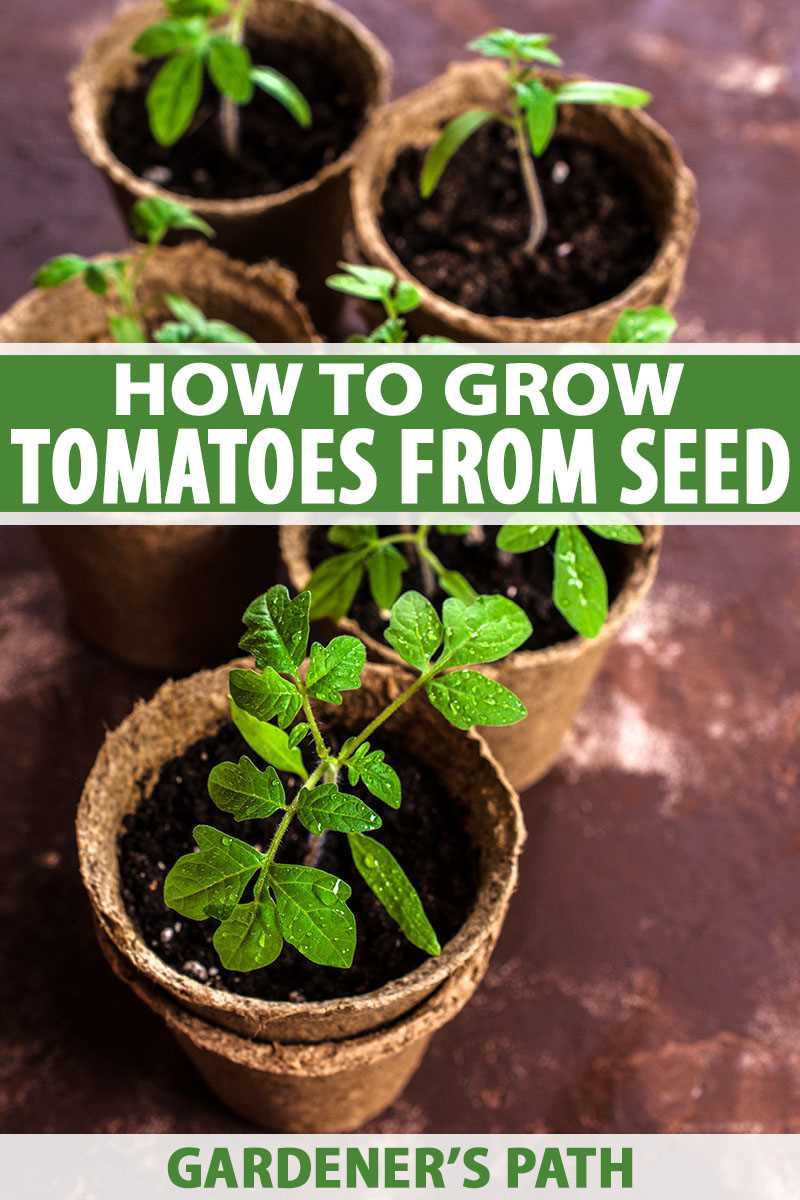
- Start with quality seeds: Choose reputable seed suppliers and check the viability of the seeds before planting.
- Provide adequate light: Tomato seedlings need at least 12-14 hours of bright light each day. Consider using grow lights if natural light is insufficient.
- Optimize temperature and humidity: Tomato seedlings prefer temperatures between 70-80°F (21-27°C) during the day and slightly cooler temperatures at night. Maintain humidity levels around 50-70%.
- Use well-draining soil: Use a seed starting mix or a mix of peat, perlite, and vermiculite to ensure good drainage and prevent waterlogged roots.
- Water correctly: Keep the soil moist but not soggy. Water from the bottom to avoid wetting the leaves and causing fungal diseases.
- Fertilize appropriately: Start fertilizing with a balanced liquid fertilizer when the seedlings have developed their first true leaves. Gradually increase the strength of the fertilizer as the seedlings grow.
- Provide support: Tomato seedlings benefit from support as they grow. Consider using stakes or cages to prevent them from sprawling on the ground.
- Prune when necessary: Remove any leggy or weak growth to promote stronger stems. Pinch off suckers that grow in the leaf axils to encourage a single-stemmed plant.
- Monitor pests and diseases: Regularly check for pests like aphids, whiteflies, and tomato hornworms. Treat any infestations promptly to prevent damage. Watch for signs of diseases like powdery mildew or early blight and take appropriate measures.
- Harden off before transplanting: Gradually expose the seedlings to outdoor conditions for a week before transplanting to minimize transplant shock.
Proper Seed Selection
- Choose disease-resistant varieties
- Look for varieties suitable for your climate
- Consider the days to maturity
- Check the seed packet for specific care instructions
When selecting tomato seeds for your seedlings, it’s important to choose disease-resistant varieties. These varieties are bred to resist common tomato diseases, such as blight and wilt, which can greatly reduce the health and yield of your plants. Look for varieties that are labeled as disease-resistant on the seed packet.
Additionally, consider the climate in which you will be growing your tomatoes. Different varieties thrive in different climates, so it’s important to choose varieties that are well-suited to your specific region. Read the seed packet or do some research to find out which varieties are recommended for your climate.
The days to maturity is another important factor to consider when selecting tomato seeds. Some varieties produce fruit in as little as 60 days, while others may take 90 days or more. Consider how quickly you want to harvest your tomatoes and choose varieties that align with your desired timeline.
Lastly, make sure to read the seed packet for any specific care instructions or recommendations. Some varieties may require special soil conditions, additional support, or particular pruning techniques. By following the instructions provided, you can increase the chances of success with your tomato seedlings.
Sterilized Soil Preparation
Preparing sterilized soil is an essential step in growing healthy tomato seedlings. Sterilizing the soil helps eliminate harmful pests, bacteria, and diseases that can damage or kill your plants.
Why Sterilize the Soil?
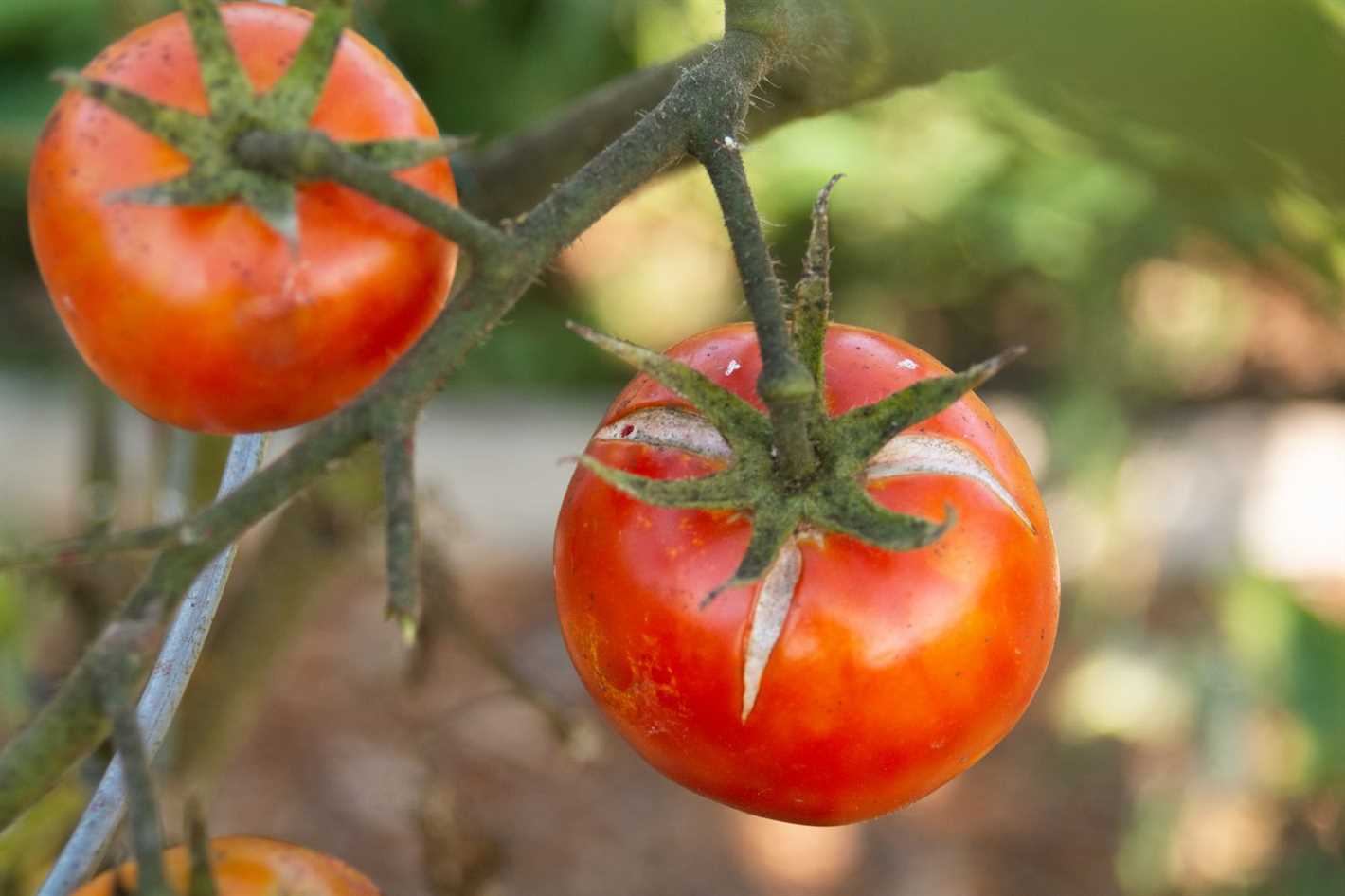
Sterilizing the soil reduces the risk of various diseases and pests that can affect tomato seedlings, such as damping-off, root rot, and nematodes. These issues can stunt growth, cause wilting, and even lead to death of your plants. Sterilizing the soil creates a clean and disease-free environment for your seedlings to thrive.
Methods for Sterilizing Soil
There are several methods you can use to sterilize soil for your tomato seedlings:
- Oven Sterilization: Spread the soil evenly in a shallow baking pan and bake it in the oven at 180°F (82°C) for 30 minutes. Make sure the soil temperature reaches at least 160°F (71°C) to effectively kill any pests or pathogens.
- Microwave Sterilization: Fill a microwave-safe container with moist soil and microwave it on high power for 8-10 minutes. Be careful when removing the container from the microwave, as it will be hot. Allow the soil to cool before using it for your seedlings.
- Steam Sterilization: Using a pressure cooker or a large pot with a tightly fitting lid, add a layer of water and place a steamer basket or colander above it. Fill the basket or colander with soil and steam it for 30-60 minutes. Allow the soil to cool afterwards.
Using Sterilized Soil
Once the soil is sterilized and cooled, you can start using it for your tomato seedlings. Fill trays or pots with the sterilized soil and plant your seeds or transplant your seedlings into the prepared containers. Ensure that the soil remains moist but not overly wet to prevent the growth of harmful fungi or mold.
Remember, using sterilized soil is one of the best preventive measures you can take to minimize the risk of pests and diseases that can harm your tomato seedlings. With proper soil preparation, you can give your plants a healthy start and increase their chances of growing into strong and fruitful tomato plants.
Adequate Watering
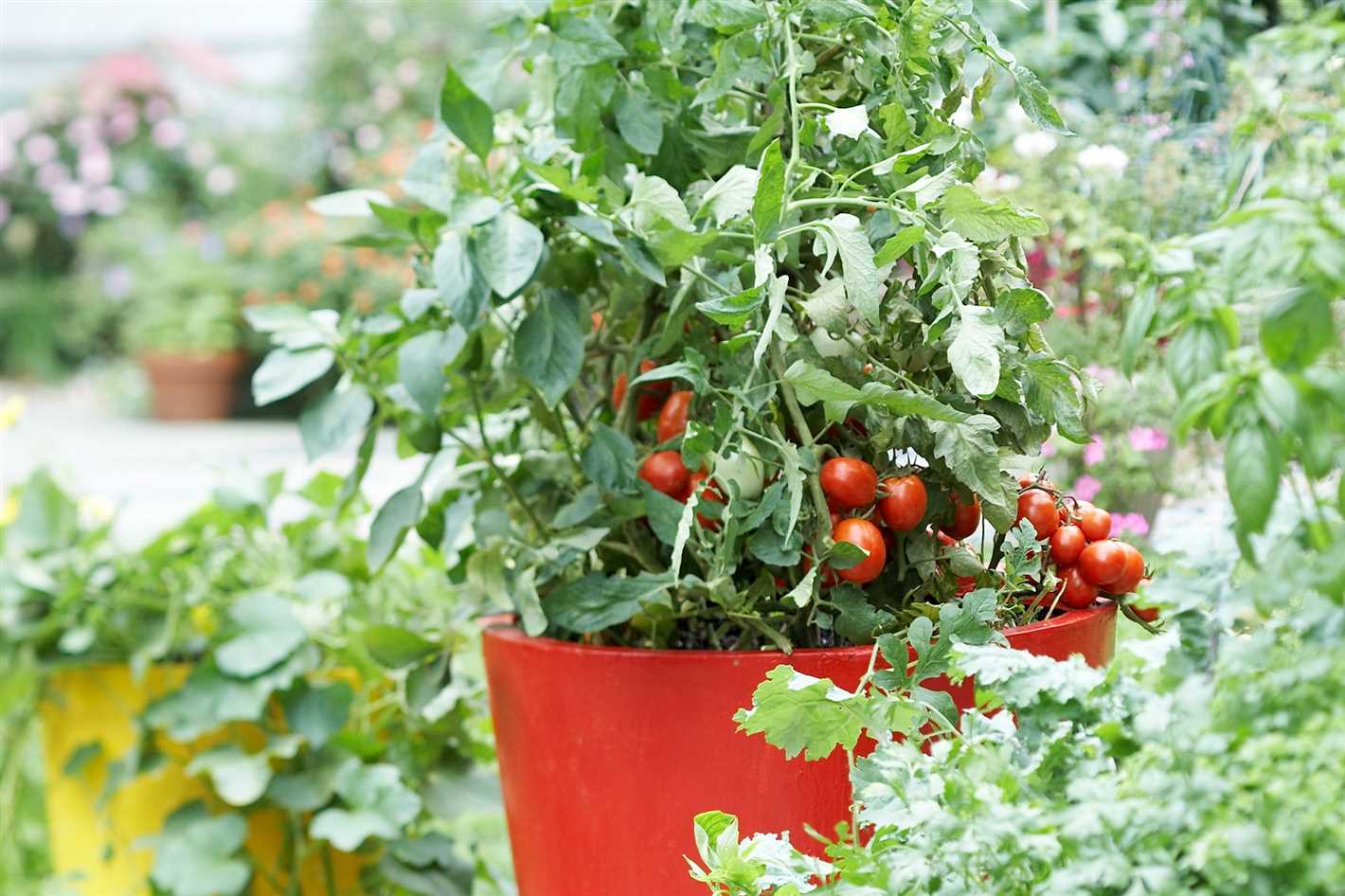
Proper watering is essential for healthy tomato seedlings. Here are some tips to ensure your seedlings receive adequate moisture:
- Water consistently: Tomatoes require consistent moisture to grow properly. Water seedlings regularly, aiming to keep the soil evenly moist. Avoid overwatering, as it can lead to root rot.
- Check the moisture level: Use your finger to check the moisture level in the soil. Stick it about an inch deep into the soil. If it feels dry, it’s time to water.
- Water deeply: When watering, make sure to thoroughly saturate the soil. This encourages deep root growth and helps establish a strong, healthy plant.
- Water at the right time: Water your tomato seedlings in the morning or early evening. Avoid watering during the hottest part of the day to prevent evaporation and scorching of the plants.
- Use a drip irrigation system: Consider using a drip irrigation system to water your tomato seedlings. This delivers water directly to the roots, reducing the risk of moisture-related diseases.
- Avoid overhead watering: Watering from above can increase the chances of diseases, as wet foliage creates a favorable environment for pathogens. If you must use overhead watering, water early in the day to give the foliage time to dry before the cooler evening temperature.
- Be mindful of rain: If it has recently rained, check the soil moisture before watering. Tomato seedlings may not need additional water if the soil is still adequately moist.
By following these watering tips, you can ensure that your tomato seedlings receive the right amount of moisture for optimal growth and avoid common watering-related problems.
Providing Sufficient Sunlight
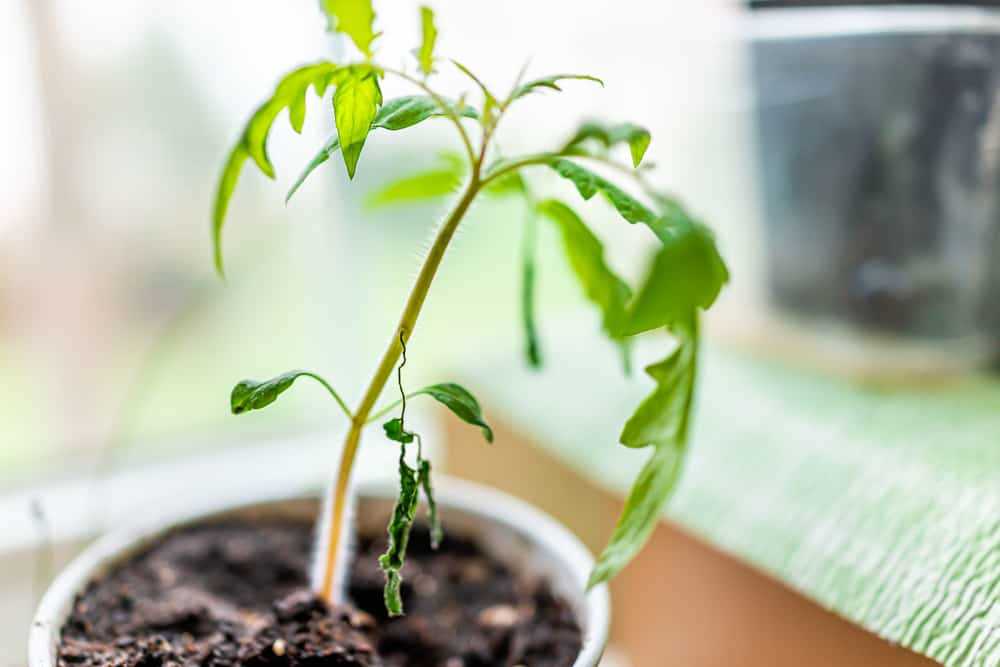
One of the most important factors in growing healthy tomato seedlings is providing them with sufficient sunlight. Tomato plants require a minimum of 6-8 hours of direct sunlight each day to thrive. Without enough sunlight, tomato seedlings can become weak and leggy, making them more susceptible to pests and diseases.
Here are some tips for ensuring your tomato seedlings receive enough sunlight:
- Choose a sunny location: Plant your tomato seedlings in a location that receives full sun throughout the day. Avoid areas with shade or partial shade, as this can limit the amount of sunlight your plants receive.
- Consider using grow lights: If you don’t have access to a sunny location, or if you are starting your tomato seedlings indoors, you can use grow lights to supplement the natural sunlight. Position the lights 2-4 inches above the seedlings and adjust the height as they grow.
- Rotate your seedlings: If you are growing your tomato seedlings in containers, make sure to rotate them regularly to ensure that all sides receive equal sunlight. This will help prevent the seedlings from growing towards the light source and becoming uneven.
Sufficient sunlight is crucial for the development of strong and healthy tomato seedlings. By following these tips, you can provide your seedlings with the necessary sunlight they need to grow into robust and productive plants.
Maintaining Proper Temperature and Humidity
Proper temperature and humidity are essential for the healthy growth of tomato seedlings. Here are some tips to maintain the ideal conditions:
1. Temperature control
Tomato seedlings thrive in temperatures between 70-85°F (21-29°C). It is important to keep the temperature consistent, as fluctuations can stress the seedlings. Use a thermometer to monitor the temperature and make adjustments as necessary.
2. Provide adequate ventilation
A well-ventilated area is crucial for maintaining proper temperature and humidity. Proper air circulation helps prevent the buildup of heat and humidity, reducing the risk of fungal diseases. Use fans or open windows to ensure good airflow around the tomato seedlings.
3. Humidity levels
Tomato seedlings prefer humidity levels between 40-70%. Low humidity can result in wilting, while high humidity can promote the growth of fungal diseases. Use a hygrometer to measure humidity levels, and if necessary, use a humidifier or dehumidifier to maintain the optimal range.
4. Watering techniques
Watering is crucial for maintaining proper humidity levels. Overwatering can lead to high humidity, while underwatering can cause low humidity. Water the tomato seedlings thoroughly but avoid excessive watering. Always water at the base of the plants to prevent wetting the leaves, which can promote disease development.
5. Covering seedlings
During the early stages of growth, covering the tomato seedlings with a clear plastic dome or a plastic wrap can help maintain humidity levels. This covering also acts as a mini greenhouse, providing a warm and humid environment for the seedlings.
6. Use a humidity tray
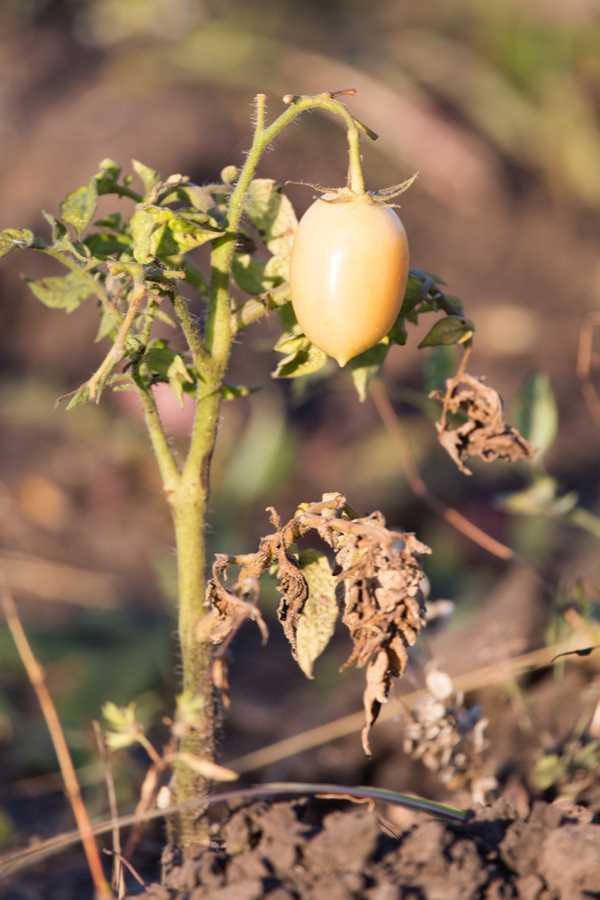
A humidity tray is a shallow tray filled with water that is placed beneath the tomato seedling containers. As the water evaporates, it increases the surrounding humidity. This can be especially helpful if you are growing the seedlings indoors where humidity levels may be lower.
By maintaining the proper temperature and humidity, you can create optimal conditions for the healthy growth of your tomato seedlings and minimize the risk of pests and diseases.
Regular Fertilization
Fertilization is an essential part of growing healthy tomato seedlings. By providing the appropriate nutrients, you can promote strong growth and prevent nutrient deficiencies that can lead to diseases and pests. Here are some tips for regular fertilization:
- Choose a balanced fertilizer: Look for a fertilizer with an equal ratio of nitrogen (N), phosphorus (P), and potassium (K). This will ensure that your tomato seedlings receive all the essential nutrients they need.
- Follow the recommended dosage: Read the instructions on the fertilizer package and follow the recommended dosage. Over-fertilization can lead to nutrient burn and other problems, so it’s important to use the right amount.
- Apply fertilizer at the right time: Start fertilizing your tomato seedlings when they have developed their second set of true leaves. This is typically a few weeks after germination. Apply fertilizer every two to three weeks during the growing season.
- Water before fertilizing: Water your tomato seedlings thoroughly before applying fertilizer. This will help prevent fertilizer burn and ensure that the nutrients are absorbed properly.
- Avoid getting fertilizer on the leaves: When applying fertilizer, be careful not to get it on the leaves as this can cause leaf burn. Instead, apply the fertilizer directly to the soil around the base of the seedlings.
In addition to regular fertilization, it’s also important to monitor your tomato seedlings for any signs of nutrient deficiencies. Common nutrient deficiencies in tomatoes include yellowing leaves (indicating nitrogen deficiency), purple or brown leaves (indicating phosphorus deficiency), and poor fruit development (indicating potassium deficiency). If you notice any of these signs, adjust your fertilization routine accordingly.
By following these tips for regular fertilization, you can ensure that your tomato seedlings receive the necessary nutrients for healthy growth and minimize the risk of pests and diseases.
Pruning and Staking
Pruning and staking are important practices to ensure the healthy growth of tomato seedlings. Pruning helps in controlling the plant’s growth, increasing air circulation, and preventing the spread of diseases. Staking, on the other hand, provides support to the plants, prevents them from sprawling on the ground, and protects them from pests and diseases.
1. Pruning
- Remove suckers: Suckers are the small shoots that develop between the main stem and leaf branches. By removing these suckers, you allow the plant to focus its energy on producing fruits instead of foliage.
- Prune lower leaves: Pruning the lower leaves helps in increasing air circulation and reducing the chances of diseases. Remove any yellow or diseased leaves to prevent the spread of infections.
- Thin out crowded branches: If the plant becomes too bushy, it can lead to poor air circulation and the development of diseases. Thin out crowded branches to ensure proper airflow.
2. Staking
- Use sturdy stakes: Choose stakes that are strong enough to support the weight of the plants. Bamboo stakes or metal cages are commonly used for staking tomatoes.
- Drive stakes into the ground: Place stakes about 1-2 feet deep into the ground, ensuring they are securely anchored. Space the stakes approximately 2-3 feet apart depending on the variety of tomatoes.
- Tie the plants to the stakes: As the tomato plants grow, gently tie them to the stakes using soft twine or plant ties. Be careful not to tie them too tightly to avoid damaging the stems.
- Prune excess foliage: Remove any excess foliage that is touching the ground or crowding the stake. This helps in preventing diseases and allows better air circulation.
By regularly pruning and staking your tomato seedlings, you can promote their healthy growth, prevent the spread of pests and diseases, and ensure a bountiful harvest of delicious tomatoes.
Preventing Pests and Diseases
When growing tomato seedlings, it is important to take measures to prevent pests and diseases. Here are some tips to help you keep your tomato plants healthy:
1. Start with Disease-Resistant Varieties
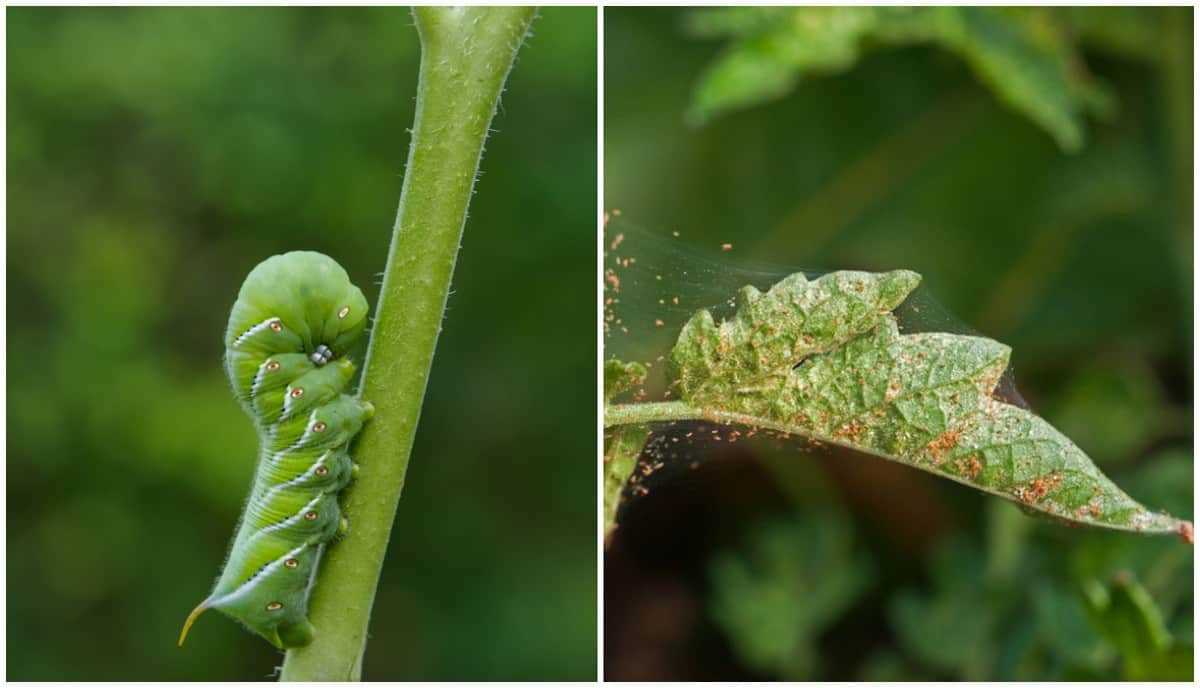
Choose tomato varieties that are resistant to common diseases such as powdery mildew, tomato mosaic virus, and early blight. This can greatly reduce the risk of your seedlings getting infected.
2. Use Clean Containers and Soil
Before planting your tomato seeds, make sure to use clean containers and sterile soil. This helps prevent the spread of pests and diseases that may be present in old containers or soil.
3. Avoid Overwatering
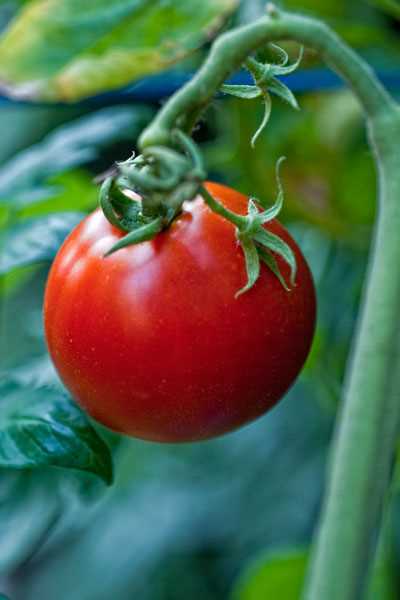
Overwatering can create a damp environment that is ideal for the growth of fungal diseases. Water your tomato seedlings only when the top inch of soil feels dry to the touch.
4. Provide Good Air Circulation
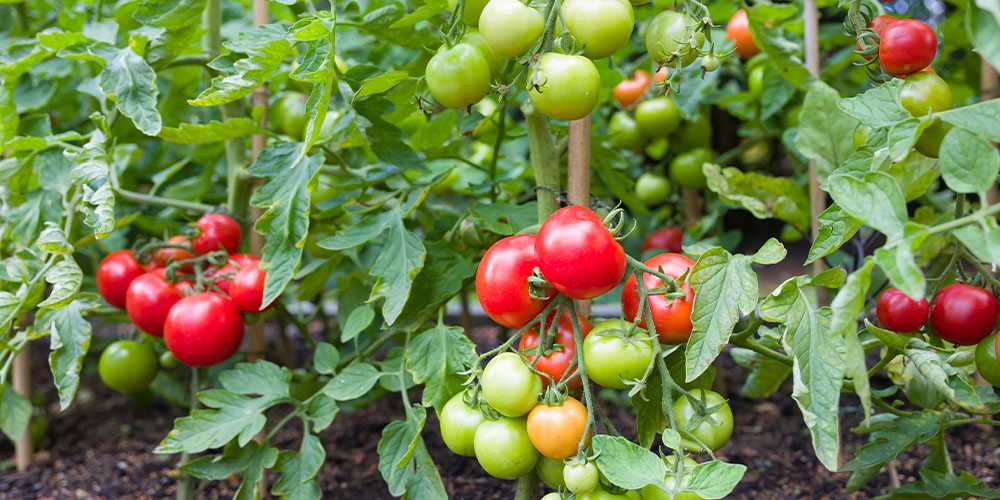
Air circulation is important for preventing fungal diseases. Space your tomato seedlings adequately apart to allow air to flow freely between them.
5. Remove Weeds and Debris
Weeds and debris can harbor pests and diseases, so make sure to remove them from your tomato seedling area. Regularly inspect and clean the area around your plants.
6. Mulch the Soil
Mulching the soil around your tomato seedlings helps to conserve moisture and prevent the spread of soil-borne diseases. Use organic mulch such as straw or compost.
7. Inspect Your Plants Regularly
Regularly inspect your tomato plants for signs of pests or diseases. Early detection and intervention can prevent the spread and damage caused by harmful organisms.
8. Practice Crop Rotation
Rotate your tomato plants with other crops each season to reduce the risk of disease buildup in the soil. Avoid planting tomatoes in the same spot year after year.
9. Use Natural Pest Control Methods
Instead of using synthetic pesticides, try using natural pest control methods such as companion planting, insecticidal soaps, and neem oil sprays. These methods can help control pests without harming beneficial insects.
10. Quarantine Infected Plants
If you notice any signs of disease on your tomato seedlings, immediately isolate and quarantine the infected plants. This can prevent the disease from spreading to healthy plants.
By following these tips, you can greatly increase the chances of growing healthy tomato seedlings and prevent pests and diseases from ruining your crop.
“Question-Answer”
What are some common pests that attack tomato seedlings?
Common pests that attack tomato seedlings include aphids, whiteflies, and tomato hornworms.
How can I prevent pests from attacking my tomato seedlings?
To prevent pests from attacking your tomato seedlings, you can use insecticidal soap or neem oil, encourage beneficial insects like ladybugs, and regularly inspect your plants for any signs of infestation.
What are some common diseases that affect tomato seedlings?
Common diseases that affect tomato seedlings include damping off, powdery mildew, and early blight.
How can I prevent diseases from affecting my tomato seedlings?
To prevent diseases from affecting your tomato seedlings, you should use sterile potting mix, provide good air circulation, and avoid overwatering. You can also apply fungicides if necessary.
What is damping off?
Damping off is a fungal disease that affects tomato seedlings, causing them to wilt and die. It is usually caused by overwatering or poor drainage.
Can I save tomato seedlings that have been affected by pests or diseases?
In some cases, you may be able to save tomato seedlings that have been affected by pests or diseases. By removing the affected parts and treating with appropriate measures, you may be able to nurse them back to health.







